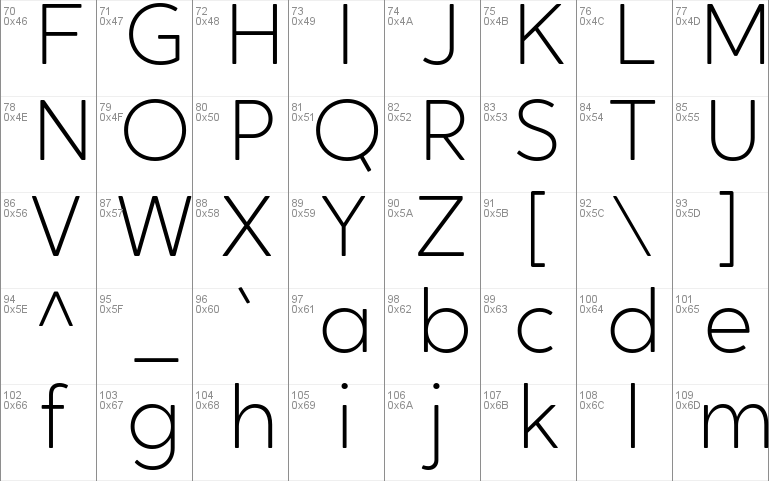
Previous V7s were ushered along by a 744cc motor, but this has made way for Guzzi’s 853cc unit also used in the V9 and V85 TT. The rear brake gives particularly pleasing control. Just a single disc brake out front (function following form), but the four-piston Brembo caliper is plenty strong enough for typical Guzzi antics. Just watch abuse of the left ’peg – once the blob has worn away the stand drags and can lift the rear wheel off the floor. With its Dunlop Arrowmax Streetsmart tyres the V7 giggles as you cheerfully wear away its footpeg blobs on familiar roads. Suspension is hardly sophisticated, but the Kayaba twin shocks (slightly stiffer and with increased travel for the 850) and 40mm right-way-up forks give decent ride quality and good feedback, and the chassis gives plenty of confidence. Moto Guzzi’s V7 is simple to ride whether bobbing around town or bend-swinging through open countryside.Ĭomparatively slim wheels and easy ergonomics give breezy low-speed control and agility, and with an 18in front wheel and weight carried quite low there’s plenty of roadholding on flowing routes. The V7 is still classier, nicer made and gruntier than a Royal Enfield 650 Interceptor, but three-grand more expensive and it’s still less punchy than a Triumph Street Twin and way slower than a Yamaha XSR900, yet more authentic and charismatic than both.Īs before, the V7’s most direct rival is Kawasaki’s underrated parallel-twin W800, which outclasses the V7 on period detailing but like all other retros falls short in one vital area.

It’s both faster and more flexible, without damaging the character that’s made the V7 popular.īecoming an 850 doesn’t really change the Moto Guzzi’s positioning, though. It’s still a doddle to ride yet with surprisingly capable handling, still nicely made and still provides rich sensations, only now with a little more meat on its bones. Some retros, like Royal Enfield’s Bullet and the Benelli Imperiale 400, are just like riding an old bike, while machines like the Triumph Speed Twin and Yamaha XSRs are modern tackle in period costume.īut with traditional feel and sensations mixed with modern quality, manners, ease of use and reliability, the Guzzi has always seemed reassuringly genuine. (Which means it should really be called the V85, but of course that’s something else entirely.)Įarlier 744cc V7s always got the balance of then and now just about spot-on. However, with rivals like Triumph’s Street Twin offering additional oomph and a luxurious feel, from 2021 the V7 is an 850. The softly tuned, back-to-basics naked has been a success, with various updates and technical tweaks keeping it fresh. The firm’s success was built on the pushrod V-twin and V7, so when Guzzi created a new retro-style bike for 2008 it had to be a seven-fifty and had use the celebrated name. Later V7s, including the iconic Sport of the early 1970s, grew to 750 and evolved into the legendary Le Mans. The Italian factory has knocked out bikes with engines of assorted capacity and configuration since it started production in 1921, from dinky two-strokes (their Motoleggera 65 ‘Guzzino’ was Europe’s best-selling motorcycle for over a decade) through eight-valve overhead-cam Ducati challengers to 1400cc behemoths.īut it’s air-cooled 90˚ pushrod V-twins that have been their signature since 1967 when they launched the V7 powered by a V-twin displacing 700cc.

When you think ‘Guzzi’ it’s an image of a V7 that pops into your bonce.

Oh, and it’s always had plenty of what all manufacturers strive for with their throwback models. Since its arrival in 2008 the back-to-basics Italian has surely represented what a retro should be: a famous old model reimagined, with plenty of traditional character and old-school charm but served with modern quality, civility and rideability.


 0 kommentar(er)
0 kommentar(er)
